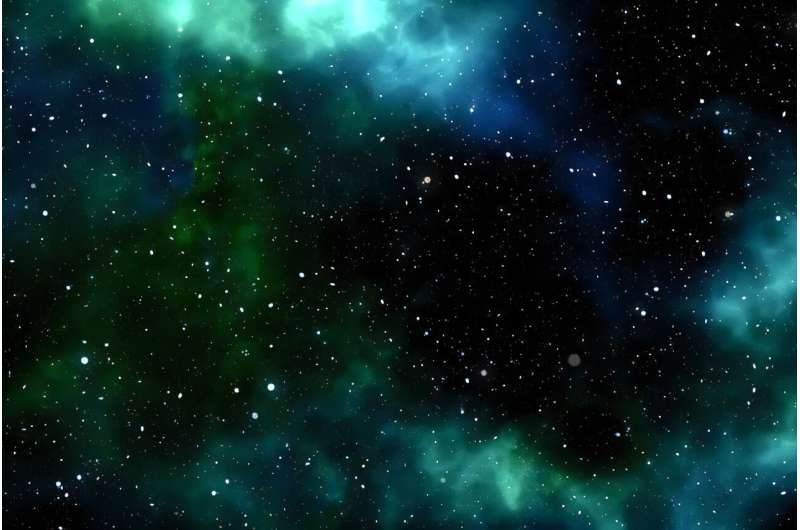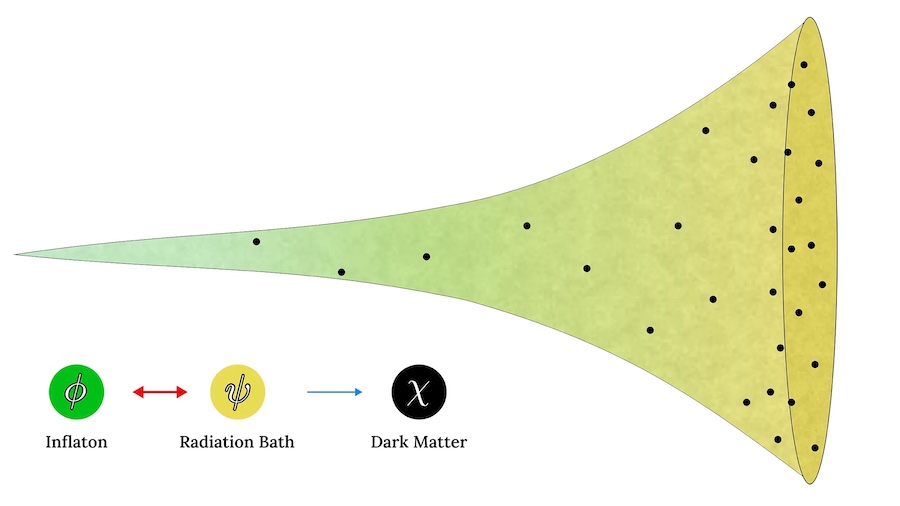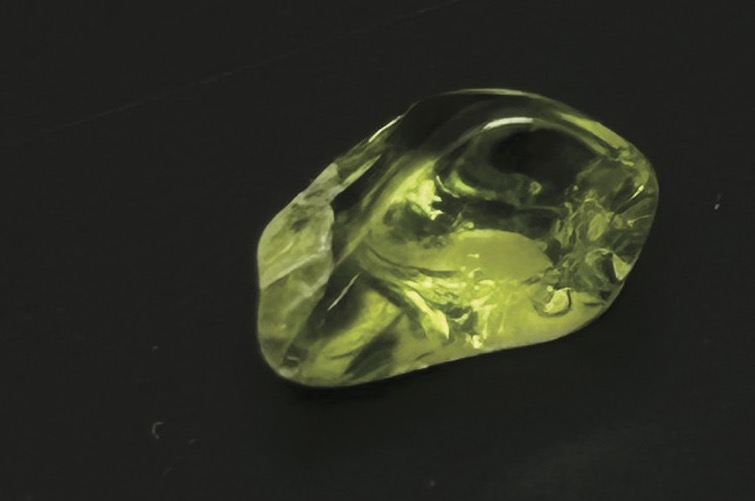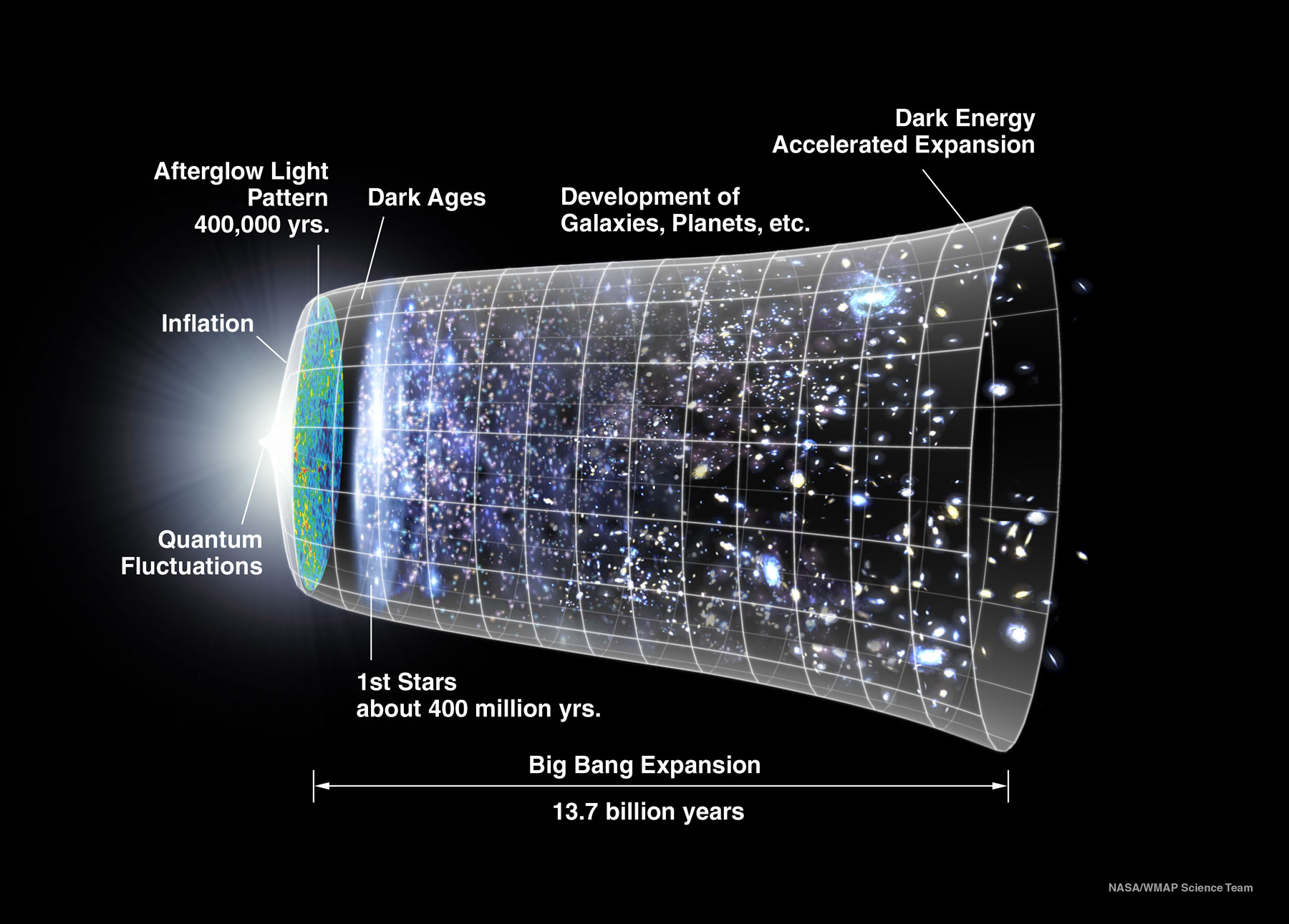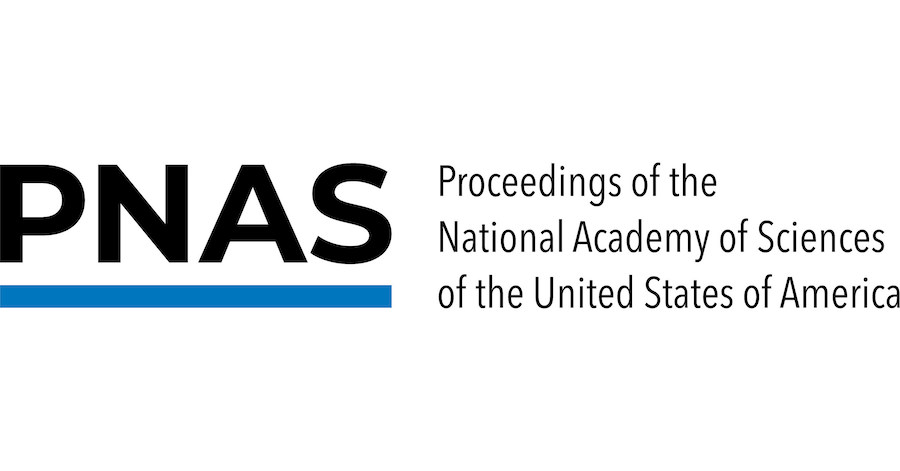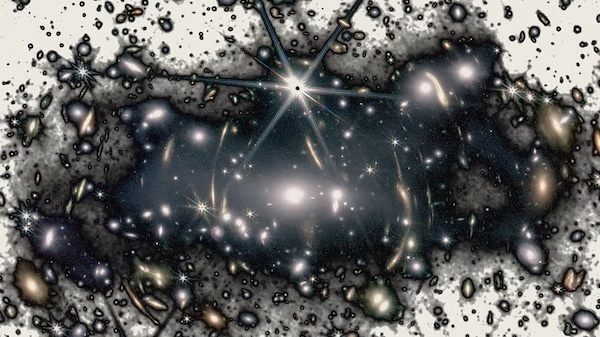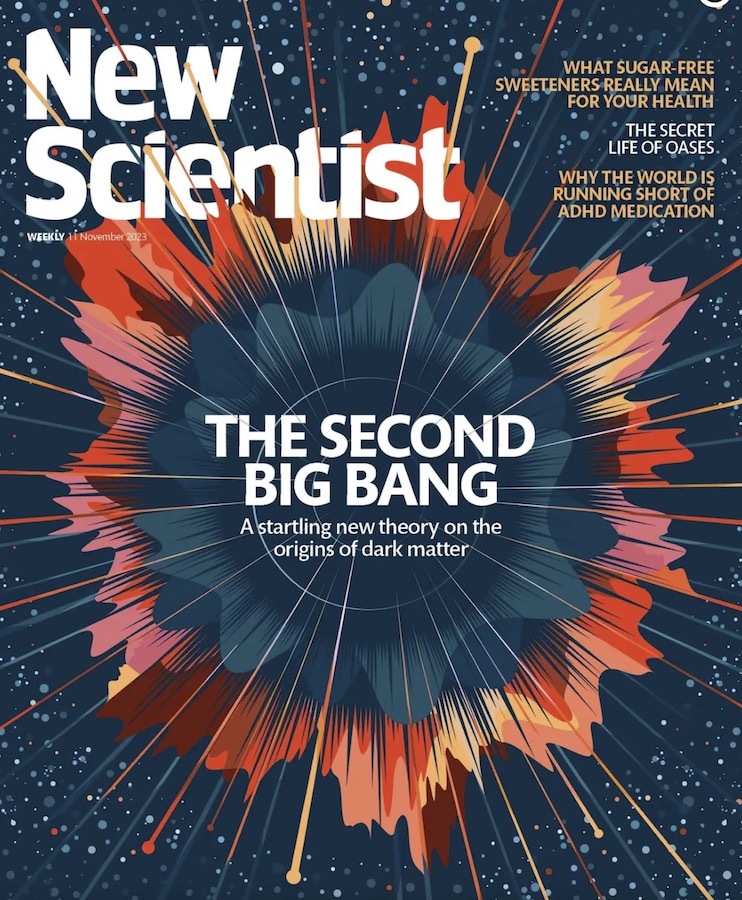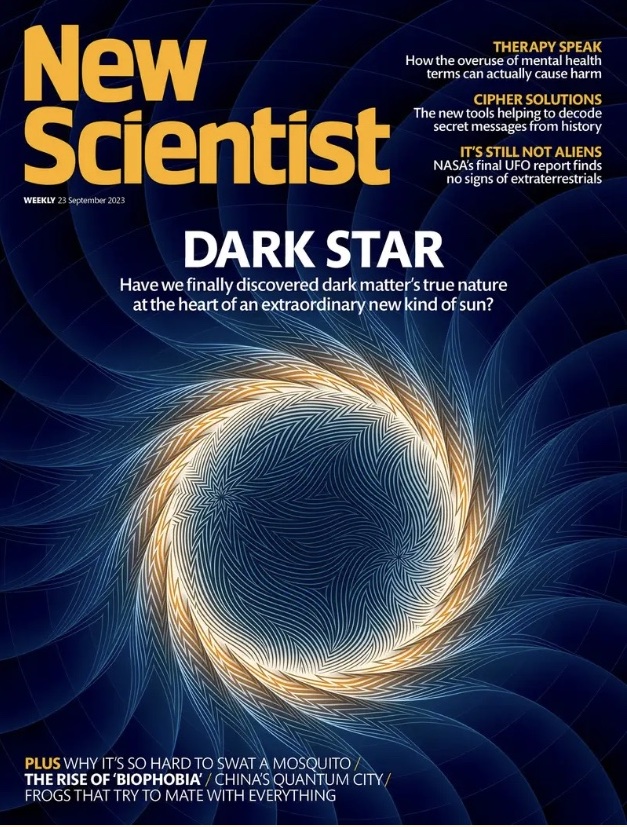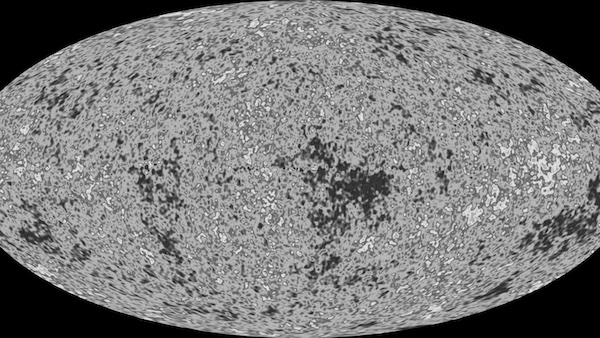Cosmological model proposes dark matter production during pre-Big Bang inflation
As physicists continue their struggle to find and explain the origin of dark matter, the approximately 80% of the matter in the universe that we can’t see and so far haven’t been able to detect, researchers have now proposed a model where it is produced before the Big Bang.

